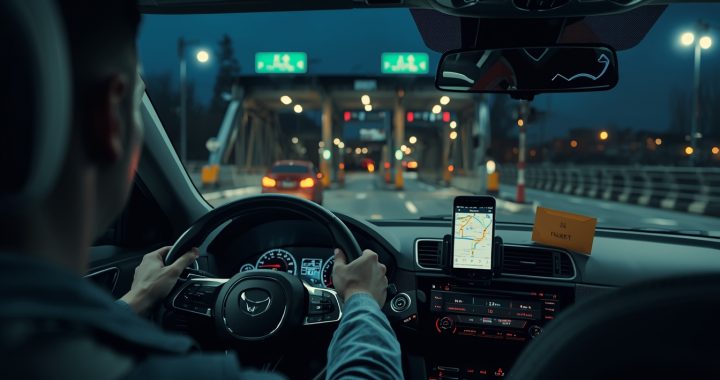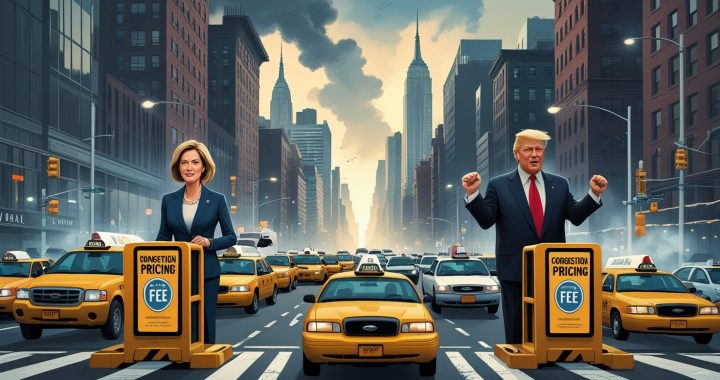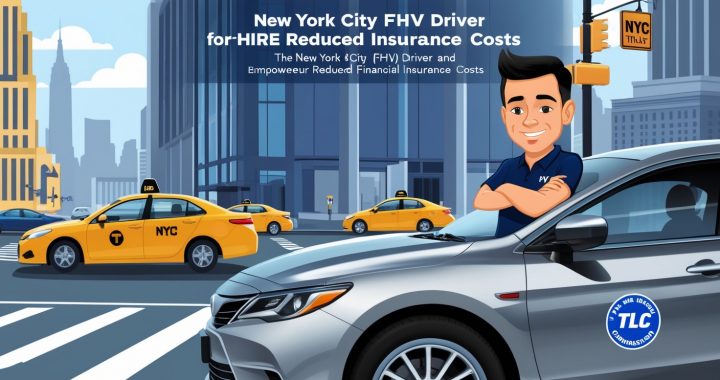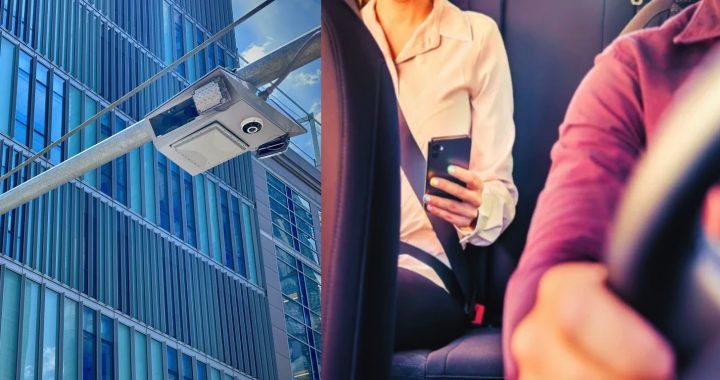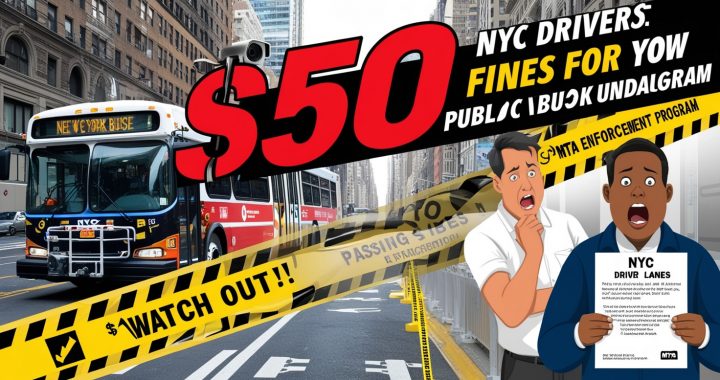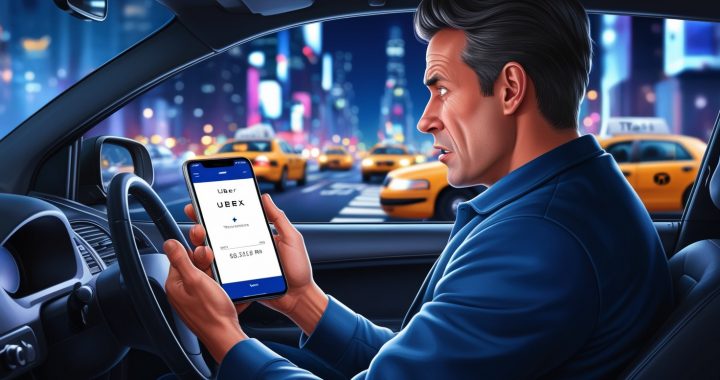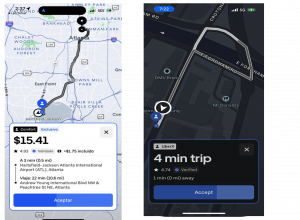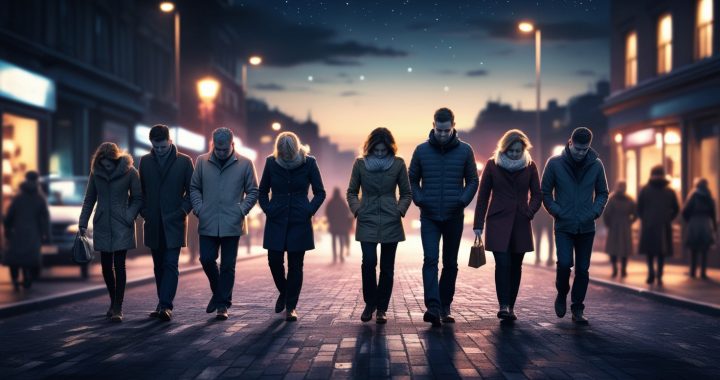Uber and Lyft drivers operating between New York and New Jersey are facing increasing financial pressure due to new toll enforcement measures implemented by regional transportation authorities. What was once an occasional inconvenience has now become a costly problem: drivers are being fined $50 each time they cross a toll without sufficient funds in their E-ZPass accounts**—even when the crossing happens while transporting passengers.
A Growing Problem for Cross-State Drivers
Many rideshare drivers regularly travel between NYC and New Jersey, especially through heavily used crossings such as:
- George Washington Bridge
- Lincoln Tunnel
- Holland Tunnel
- NJ Turnpike toll roads
With the rise of cashless tolling systems, toll agencies now rely entirely on E-ZPass or license-plate billing. Under the new enforcement approach, if a driver’s E-ZPass balance is too low at the moment of crossing, the system automatically flags the transaction and issues a $50 violation, particularly on the New Jersey side.
For drivers who make multiple crossings in a single day, these fines can **add up quickly**, sometimes reaching hundreds of dollars in a single week.
Why Drivers Are Being Hit So Hard
Several factors make rideshare drivers especially vulnerable to these fines:
- Inconsistent Earnings
- Delayed Toll Reimbursements
- Lack of Real-Time Alerts
- No Grace Period
While Uber and Lyft often charge passengers for tolls, reimbursements to drivers are not always immediate. In some cases, drivers report tolls being added to fares after the trip, while the toll authority requires payment instantly.
Many drivers are not notified in real time when their E-ZPass balance runs low. By the time they realize it, the fine has already been issued.
Under the new enforcement rules, there is little to no grace period for low balances. Even a shortfall of a few dollars can trigger the full $50 penalty.
Financial Impact on Drivers
For independent contractors already dealing with:
- High fuel costs
- Vehicle maintenance
- Insurance expenses
- Platform service fees
These toll fines feel like an unfair additional tax on working drivers.
Some drivers argue that the policy disproportionately affects low-income and full-time rideshare drivers, who may cross tolls multiple times per shift just to meet passenger demand.
Calls for Reform and Better Coordination
Drivers and advocacy groups are increasingly calling for:
- Better coordination between Uber, Lyft, and toll authorities
- Automatic toll balance alerts
- Grace periods for low E-ZPass balances
- Fine reductions for first-time or low-balance violations
- Integrated toll management directly within driver apps
Many believe that if rideshare platforms depend on toll crossings to operate efficiently, they should also play a larger role in preventing drivers from being penalized.
What Drivers Can Do Right Now
Until changes are made, drivers are advised to:
- Monitor E-ZPass balances daily
- Enable auto-replenishment with a higher minimum balance
- Keep records of toll reimbursements from Uber and Lyft
- Dispute fines when tolls were incurred during active trips
Final Thoughts
The new toll enforcement measures in New York and New Jersey highlight a growing disconnect between modern Rideshare work and traditional transportation policies. While cities aim to modernize toll collection and enforcement, the burden is increasingly falling on drivers who are simply trying to earn a living.
Without reforms or better integration, these $50 fines risk pushing many drivers further into financial strain—raising serious questions about fairness, accountability, and the future of rideshare work in the region.
